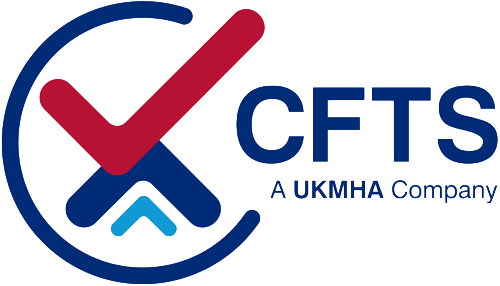Spot the difference
30 June 2021
How to identify a proper Thorough Examination… and why it matters.
HSE guidelines require employers to ensure that materials handling equipment can be used safely and without risk of injury. To comply that means having both the lifting and driving mechanisms inspected at least once a year.
“The problem is that as many as three out of every four inspections address LOLER, i.e., only the lifting mechanism, ignoring the remainder of the truck,” explains Geoff Martin, Chairman of CFTS, the industry’s accrediting body for Thorough Examinations.
“The confusion arises because many in the materials handling industry use the terms ‘LOLER’ and ‘Thorough Examination’ interchangeably, as if they were the same thing. They aren’t and to help employers understand how to meet their responsibilities and avoid falling foul of the law, we have pinpointed a few key areas to be aware of.”
- Scope: A CFTS Thorough Examination covers 33 different parts and systems in line with LOLER and PUWER, as well as a further 34 checks specifically for any attachments.
- Tools: Does your examiner carry the equipment necessary to conduct the inspection thoroughly? Most CFTS examiners use equipment such as an A-frame ladder to inspect the top of the mast, a trolley-jack to inspect brakes and steering, and an industry-recognised chain gauge (rather than a steel ruler or tape measure) for accurate assessment of chain elongation.
- Competence: Examiners should be trained specialists in materials handling equipment and be competent to apply real-world judgements based on the truck rather than theoretical projections. CFTS-accredited examiners follow a Quality Assured Procedural Code that requires them to meet stringent standards and undergo regular refresher training.
- Timing: Is your equipment being examined on the correct schedule? According to the type of truck and the application it could need testing once or twice a year, or even more frequently.
- Documentation: Do you receive the appropriate documentation to certify, beyond doubt, that everything has been carried out by an accredited examiner? A CFTS-accredited examiner will issue:
- A Report of Thorough Examination
- An itemised checklist showing what has been inspected and comments made
- A certificate of compliance to keep with the truck’s documents
- A sticker placed prominently on the truck showing the day, month and year that the next Thorough Examination is due
- A sticker to show when repairs must be completed by
“If you are in charge of forklifts, then you are personally responsible for the safety of equipment and the operators using it,” sums up Geoff Martin. “With this checklist we aim to ensure that no-one gets prosecuted on the basis of a misunderstanding about the examination they are receiving.”
Find out more, watch CFTS’ latest video here.
